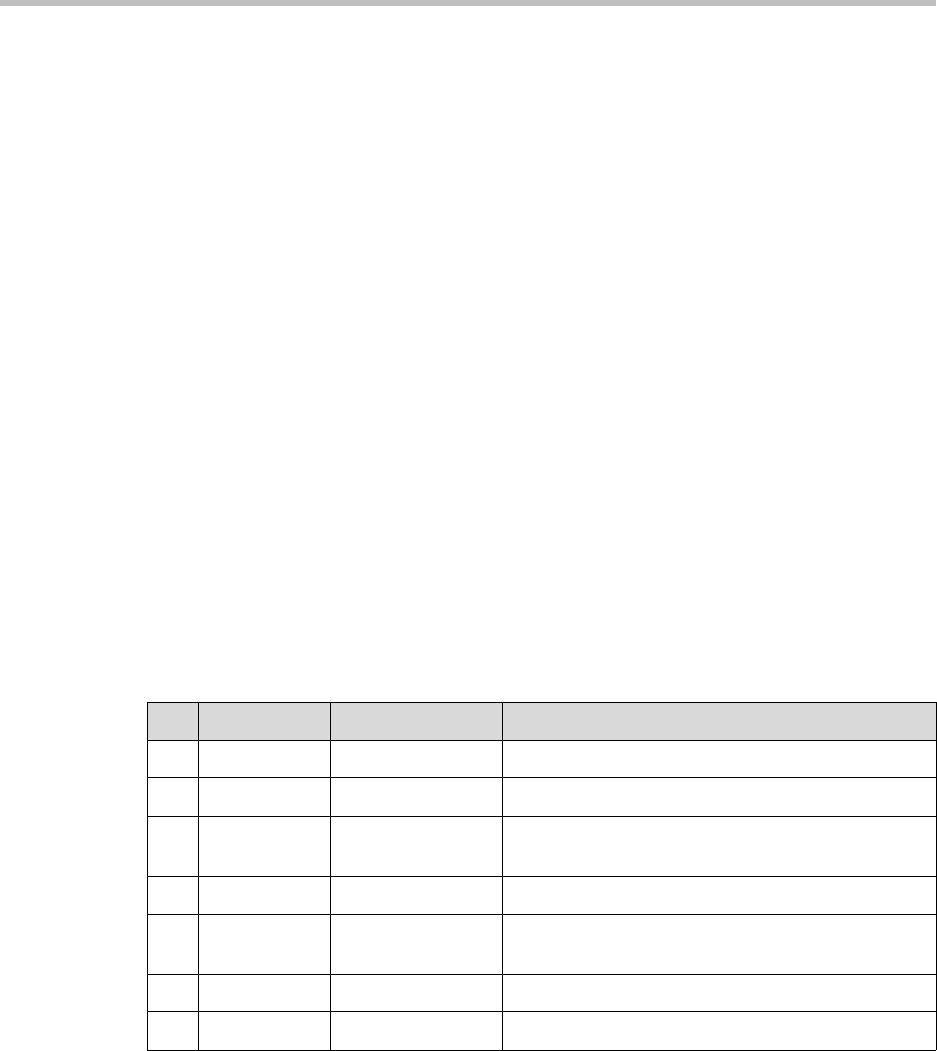Network Router - Wireless Network Device User Manual
Table Of Contents
- Introduction
- Getting Started
- Configuring the V2IU 4350
- Configuration Guide For IP Centrex Applications
- Configuration Guide For Station Side IP PBX Applications
- Configuration Guide For Trunk Side IP PBX Applications
- Configuration Guide For Hosted Video Applications
- Configuration Guide For Enterprise Video Applications
- System Configuration
- Read-only User
- Subinterfaces
- ToS Byte Setting
- H.323 Configuration
- Forwarding Rules
- Peering Proxy
- Clients List Lock
- H.323 Activity Monitor
- VoIP Configuration
- Data Networking Configuration
- Traffic Management Configuration
- System Diagnostics
- Saving and Restoring the V2IU 4350 Configuration
- Upgrading the V2IU 4350
- Appendix
- Regulatory Notices

Introduction
1 - 3
— Diffserv marking and policing
— Traffic shaping
— VoIP call admission control prevents oversubscription of priority
queue
• Security
— Stateful packet inspection firewall
— VoIP aware firewall dynamically provisions and closes UDP ports
used for VoIP calls
— IPSec: 3DES, SHA-1
— NAT/PAT server hides enterprise LAN topology
• Passive Call Quality Monitoring
— Per call statistics include mean opinion score (average and minimum),
jitter, latency, packet loss and much more
— Alarms for poor MOS scores
— Active call count indicators
Front Panel LEDs
The LEDs display real-time information for key functions of the 4350. They are
as follows:
LED Label Activity Description
A Power Off Power switch is off (or no power from the AC outlet)
Green Power is supplied to the unit
B Status Off The unit could not boot up because of self test
failure
Green Self test passed
Flashing Green Configuration is being written to permanent storage
or an upgrade is in progress
C T1 Off The T1 is in an alarm state and not synchronized
Green T1 is in sync and no alarms are reported










